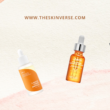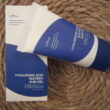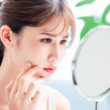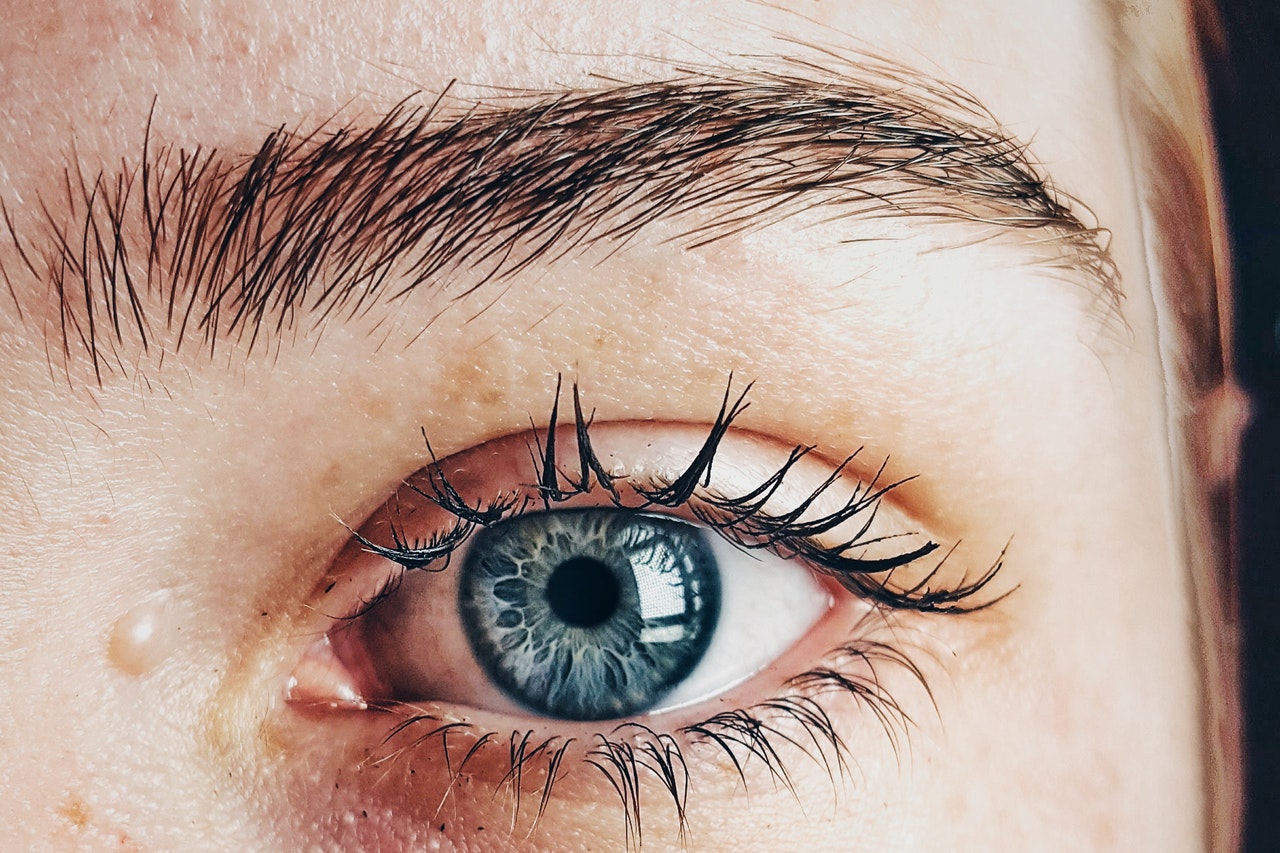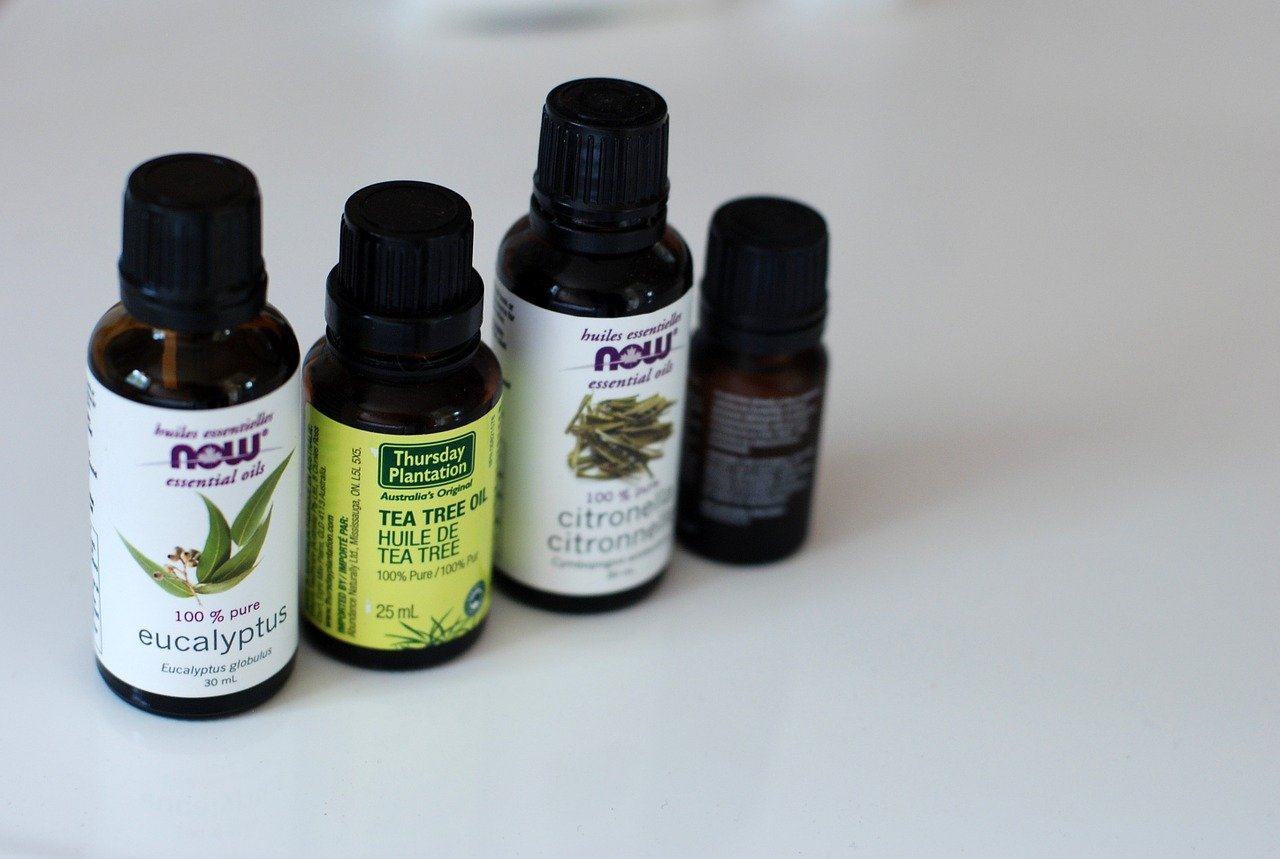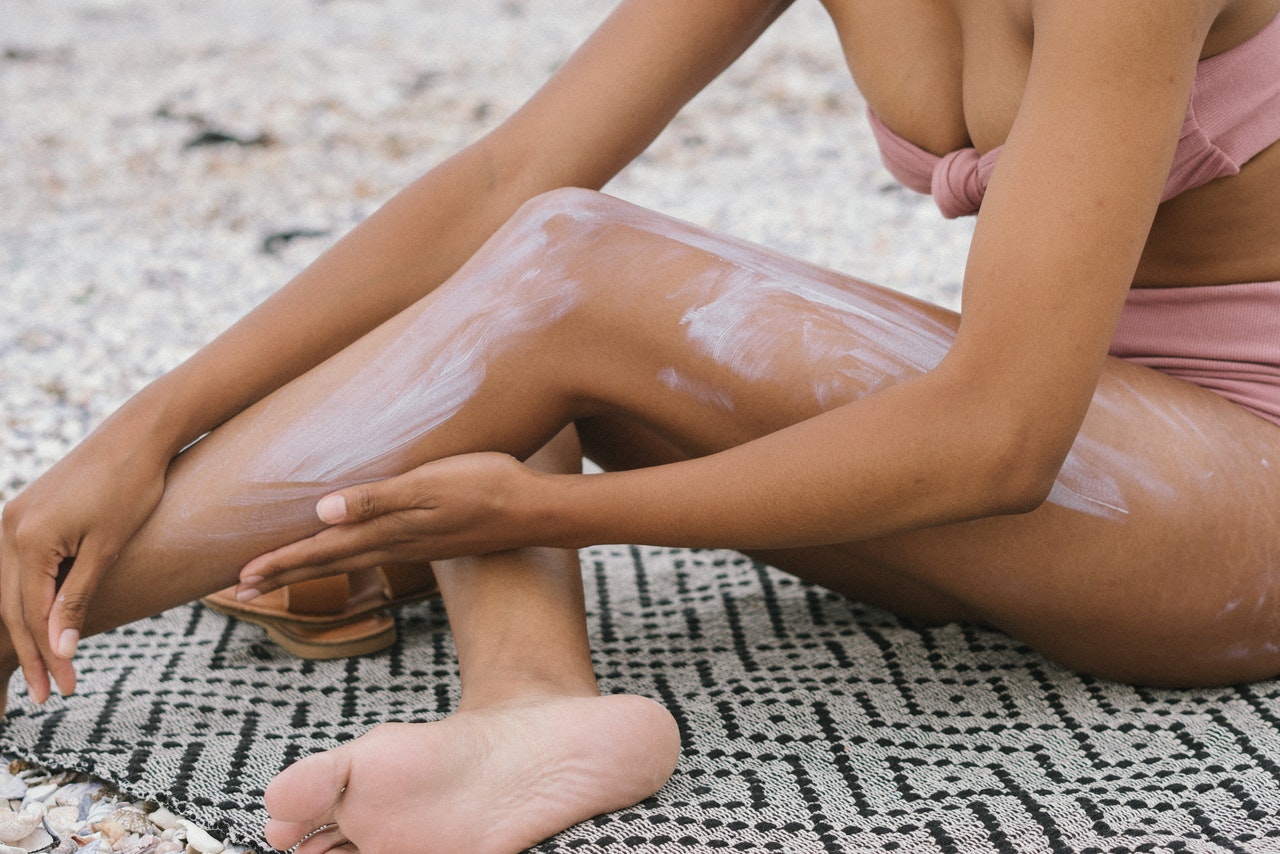As we grow old, noticing changes in our skin is only normal. Fine lines and wrinkles get deeper, our skin loses moisture and plumpness. The good news is we have skincare products and procedures to deal with these.
The bumpy skin under your eyes which is commonly called chicken skin can be one of those. This chicken skin under eyes appears as white bumps that resemble plucked chicken skin. As funny as it sounds, chicken skin might be a cause for concern.
What are the common symptoms of chicken skin under eyes?
- dryness of the skin;
- itchiness, irritation on the skin;
- redness, discoloration under eyes;
- tiny, white bumps
So, Why do you have chicken skin under your eyes?
#1 Reason why you have chicken skin under eyes: Milia
Milia are small white bumps that appear under eyes and sometimes on the cheeks. Even though it is pretty common for newborn babies, it can appear in basically any age category. Simply put, milia happen as a result of keratin clogging pores. When keratin blocks the pores, tiny, white bumps start to appear.
They can be on your nose, forehead as well, cheeks, and around the eye area and are considered the most common.
How to treat milia you ask? Milia are generally harmless and there is no one treatment that guarantees you are going to get rid of it for good. However, research suggests that topical retinoids or electrodessication (a safe procedure that involves electrical current used to remove specific skin lesions) can help you deal with milia effectively.
If you want to address milia topically, you can! Things you want to avoid are thick moisturizers that contain petrolatum (vaseline, for example), and essential oils, they can trigger milia further. That’s why you want something lightweight that is hydrating, without feeling heavy on the skin.
Top Picks: Best Eye Creams for Milia:
#1. Beauty of Joseon Revive Eye serum: Ginseng + Retinal
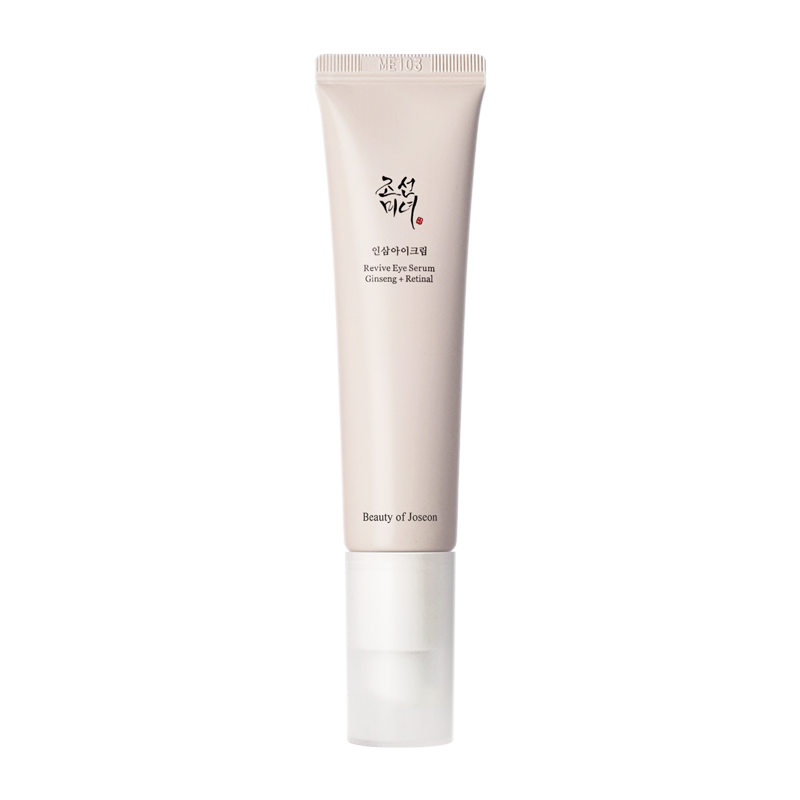
This Korean eye cream is infused with Retinaldehyde, (aka retinal, not to confuse with retinol), Niacinamide, Sodium Hyaluronate (a type of Hyaluronic acid), and ceramides. Retinaldehyde is a somewhat rare type of Retinol, also known as Vitamin A. It is truly a superpower ingredient that deals with fine lines and wrinkles that can be very stubborn, especially around the eye area.
Due to their fast cell turnover rate, they plump the skin under the eyes and rebuild collagen and elastin. This also means that those dead skin cells get shed, so those white bumps can be minimized. This eye cream is exactly what milia-prone skin needs – exfoliating, hydrating, and lightweight with antioxidant benefits. Oh yes, did I tell you it has ginseng too?
#2. Paula’s Choice C5 Super Boost Vitamin C Eye Cream
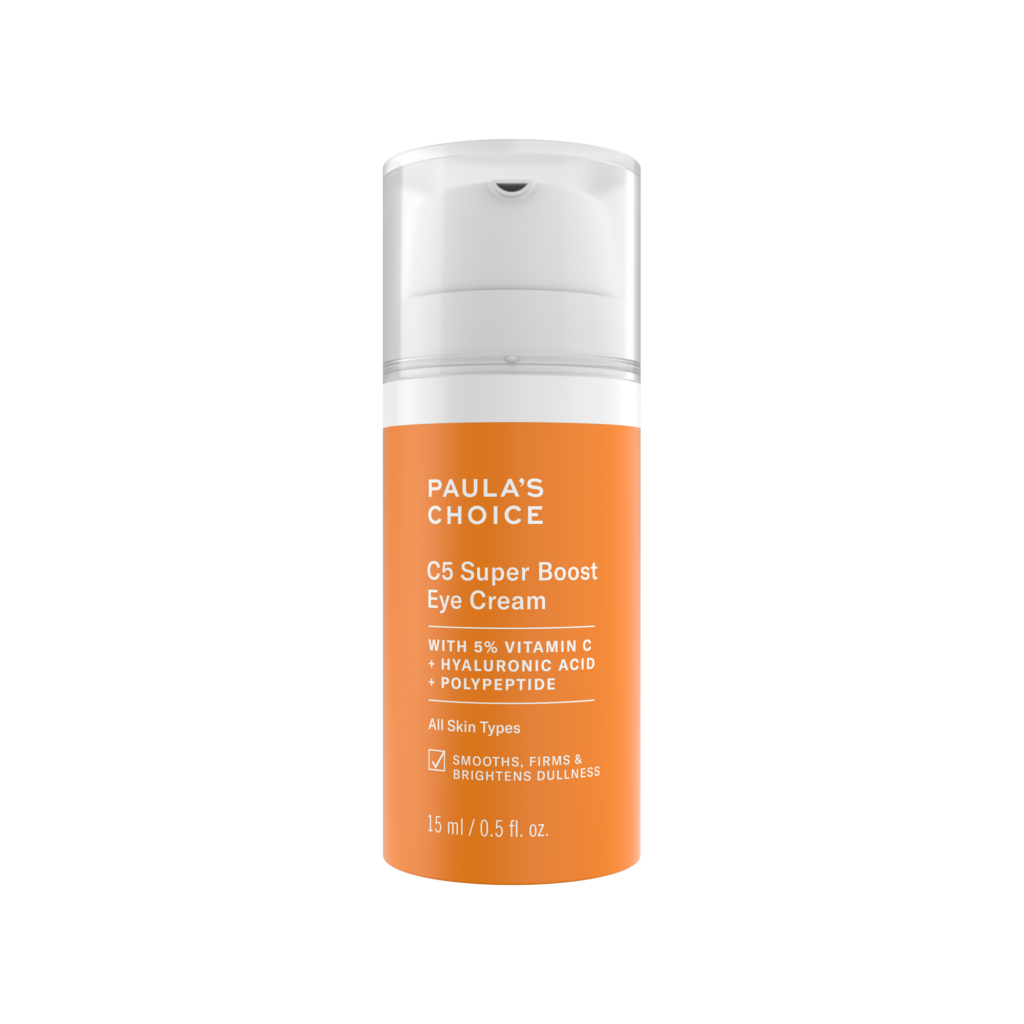
If you suffer from discoloration and dark spots + milia, this eye cream is your best bet. This cream has Ethyl Ascorbic Acid – a highly stable form of Vitamin C (at 5%) that doesn’t irritate the skin. It is amazing for fading discoloration. In addition to this, it has rice bran extract to brighten the skin, and Zerumbone – an antioxidant that has been proven to be effective to treat UVA-induced skin photoaging and damage.
#3. The Ordinary Caffeine 5% + ECGC Depuffing Eye Serum
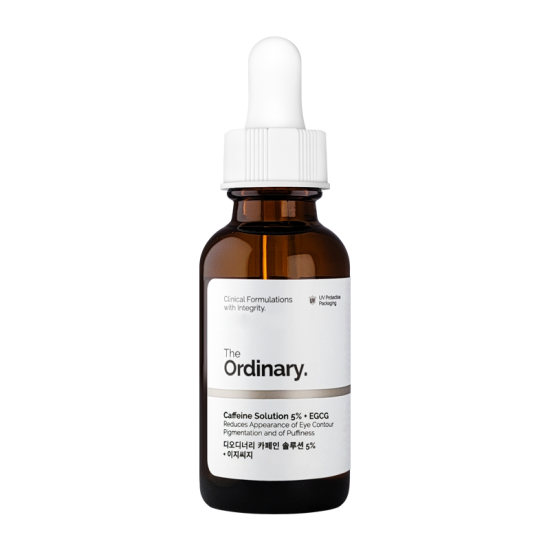
This popular eye serum by The Ordinary packs caffeine that constricts blood flow under the eyes. If you experience a lot of puffing and suffer from dark circles, this budget-friendly, under 10 bucks solution is a great option. The EGCG stands for Epigallocatechin Gallate, which is found in green tea. It offers a plethora of benefits for skin including reducing melanin production (thus, fading out dark spots), hydration and moisture retention.
Plus, the formula packs Hyaluronic acid that accounts for hydration, and Lactic acid for gentle exfoliation. You know, to stimulate cell turnover to fight against those white bumps.
#2 Reason why you have chicken skin under eyes: Allergies
Just like many other skin conditions, allergies can also trigger chicken skin under eyes. Skin allergies mainly occur with symptoms like itching, redness, or dry skin. Itchy bumps might be the worst feeling in the world, but hey, allergies aren’t going anywhere.
Most allergies will go away without any treatment, but you don’t want to worsen the situation. Some over-the-counter antihistamines can help you alleviate the symptoms, but it is better to consult with your doctor before you do so.
#3 Reason why you have chicken skin under eyes: Syringomas
AOCD – The American Osteopathic College of Dermatology defines syringoma as a benign growth of sweat glands. They are small, yellow, or brownish bumps. You can see them around the eyes, neck, and sometimes on the armpits. Syringomas tend to appear within the age span of 25 to 30. But they could appear at any time, sooner or later than the age of 30.
Some health conditions related to syringomas are diabetes, Down syndrome, Marfan syndrome. If there is an alarming amount of syringomas around your body, you better go see a doctor.
Procedures like dermabrasion, laser therapy, and again electrosurgery are effective ways to remove syringomas for good. Electrosurgeries, in particular, are most popular as they remove them without any noticeable scars.
Some topical creams like retinoid creams and chemical exfoliants can help exfoliate tiny bumps. Using chemical exfoliants like lactic acid, glycolic acid, salicylic acid, and mandelic acid will help you exfoliate without damaging your skin.
Check out our blog post on chemical exfoliation for your skin type: Understanding Chemical Exfoliation: What is the Best Chemical Exfoliant for Your Skin?
#4 Reason why you have chicken skin under eyes: Keratosis pilaris – The Chicken Skin
Ever noticed those very tiny red bumps on the surface of your skin? If you haven’t then you probably haven’t had it, news flash. But you might have seen it on somebody else’s skin. Keratosis pilaris is like red chicken skin. In fact, it is referred to as chicken skin. It is not only red, but it is also commonly white.
Just like milia, it is not a serious condition but it can be very irritating. KP happens as a result of dead skin cells building up inside the hair follicles.
Common symptoms include dry, itchy, irritated skin, small red or white bumps. People with eczema, dry skin, and hay fever are more likely to develop chicken skin under eyes or around their bodies.
The best way to prevent chicken skin is moisturizing treatment. This will soothe the dry, itchy skin and protect the skin barrier.
What are natural remedies for chicken skin under eyes?
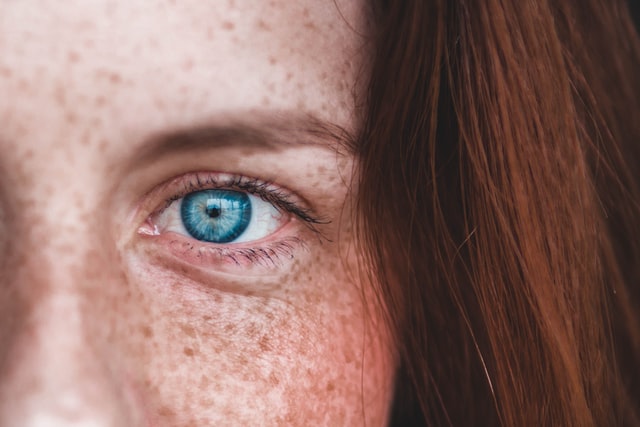
Although you can’t get rid of chicken skin once and for all, there are some things you can do to prevent it. Aside from natural remedies for chicken skin under eyes, a good skincare routine can be very helpful.
1. A good moisturizing routine
Every skin needs a moisturizing routine, that’s a given.
Chicken skin tends to be dry, and itchy, so a moisturizing routine is a must. Thicker moisturizers and ointments are your buddies here. So, moisturize away, day and night. Use products with shea butter, vitamin E, and jojoba oil. Those are nourishing and extremely moisturizing.
2. Use a humidifier
What does a humidifier do? It increases the moisture content of the air which prevents dryness. Exactly what you need for that chicken skin under eyes!
It is especially needed in winter when air and pretty much every part of your body gets dry seconds after you go out.
As a rule of thumb, keep the relative humidity at 40-50 percent. Don’t go overboard with it, since it can lead to toxic mold or bacteria around the house.
3. Try dry brushing
Dry brushing will help you unclog the pores and get rid of built-up dead skin cells. The main thing about dry brushing is not overdoing it, as it can irritate your skin further, and we don’t want that. Doing it gently is key. Do this for your body, as the under-eye area is too sensitive.
The best places to dry brush would be the thighs, buttocks, and neck.
What are common medical treatments for chicken skin under eyes?
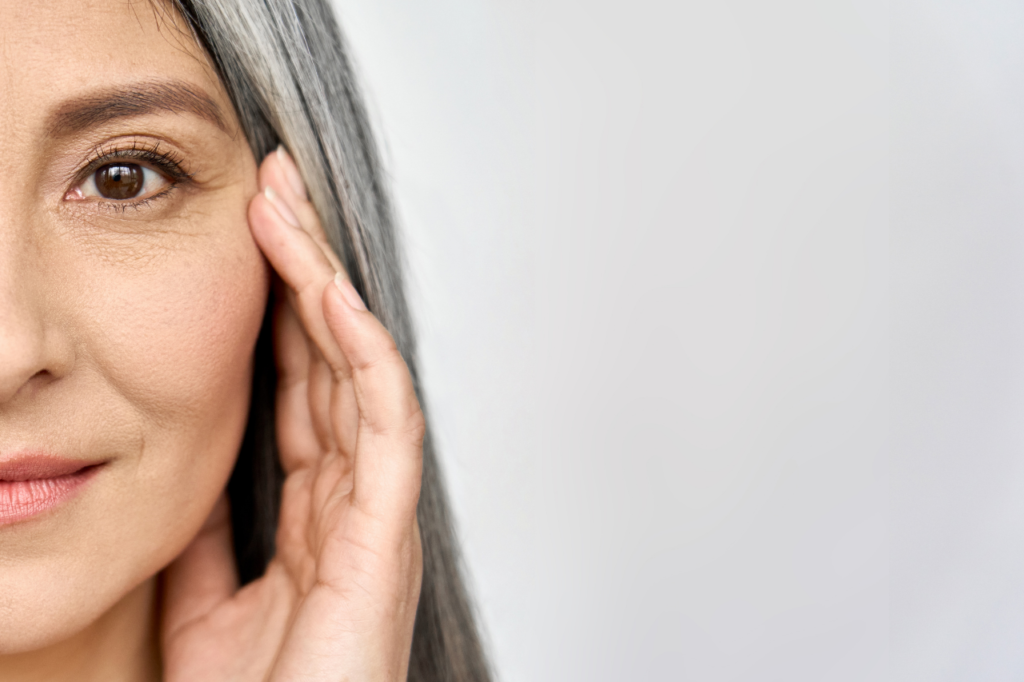
Apart from home remedies, there are proven medical treatments that can help if you experience extreme cases of chicken skin – keratosis pilaris. Some procedures like cryotherapy can be risky, so doing thorough research before deciding on it is very crucial. These are some common procedures that are safe:
Deroofing
It is a tissue-saving technique where the roof of a bump or a cyst is removed. It is done for mild lesions – like milia, for example.
It is one of the effective methods to deal with such skin lesions.
Microabrasion
Unlike deroofing, this one is non-surgical and is considered a cosmetic procedure. It takes little preparation and isn’t very costly. (costs around 160 USD)
It is approved by FDA, and the whole process takes about an hour by a licensed esthetician. It is a gentle exfoliation that targets removing the outer layer of the skin. Usually, an esthetician will use a diamond-tipped device to treat the lesions.
At the end of microabrasion, a moisturizer and sunscreen are applied to give the skin hydration and increase skin barrier function.
Retinol for chicken skin
Retinol (aka Vitamin A) is a star name in an anti-aging skincare routine and is very accessible since you can get an OTC product at your nearest drugstore. Turns out retinol for chicken skin can also work.
Since it promotes rapid skin cell turnover (hence, the anti-aging factor), using retinol creams will prevent dead skin cells from “clumping up” on the skin. So, this is your easiest and most affordable way to prevent chicken skin under eyes.
The wisest thing is consulting with your dermatologist or doctor before taking any further action. You don’t want to irritate or potentially harm it.
Related: 5 Greatest Benefits Of Retinol On Skin
The best ways to prevent chicken skin under eyes

In my opinion, in addition to other things we have mentioned here (natural and medical remedies) there are 3 simple steps you have to take to prevent chicken skin in general:
Exfoliate, exfoliate, exfoliate
Exfoliation is the fundamental step to your skincare routine that targets chicken skin. After you clean the skin, exfoliate a few times a week (not every day) to shed the dead skin cells and let the new skin cells grow. Btw, this doesn’t include harsh scrubs, go with gentle chemical exfoliants like lactic acid, for example.
Use retinol creams
Again, with the new skin cell improvement. Retinol creams will also contain hydrating agents like vitamin E, jojoba oil, shea butter, and squalene that will nourish the skin at the same time.
Moisturize, again
As an essential part of every skincare routine, finish your regimen with a good, hydrating moisturizer. If you want to learn more about choosing the right moisturizer, our blog post on choosing the right moisturizer for your skin will definitely help 🙂
In conclusion
Chicken skin under eyes, or in the body isn’t the end of the world. However, it is worth looking into and seeing what can be done to reverse its effect.
With home remedies and medical procedures, chicken skin can be prevented. Talk to your doctor or a medical esthetician before taking any action. Remember, being a skintellectual always pays off!



